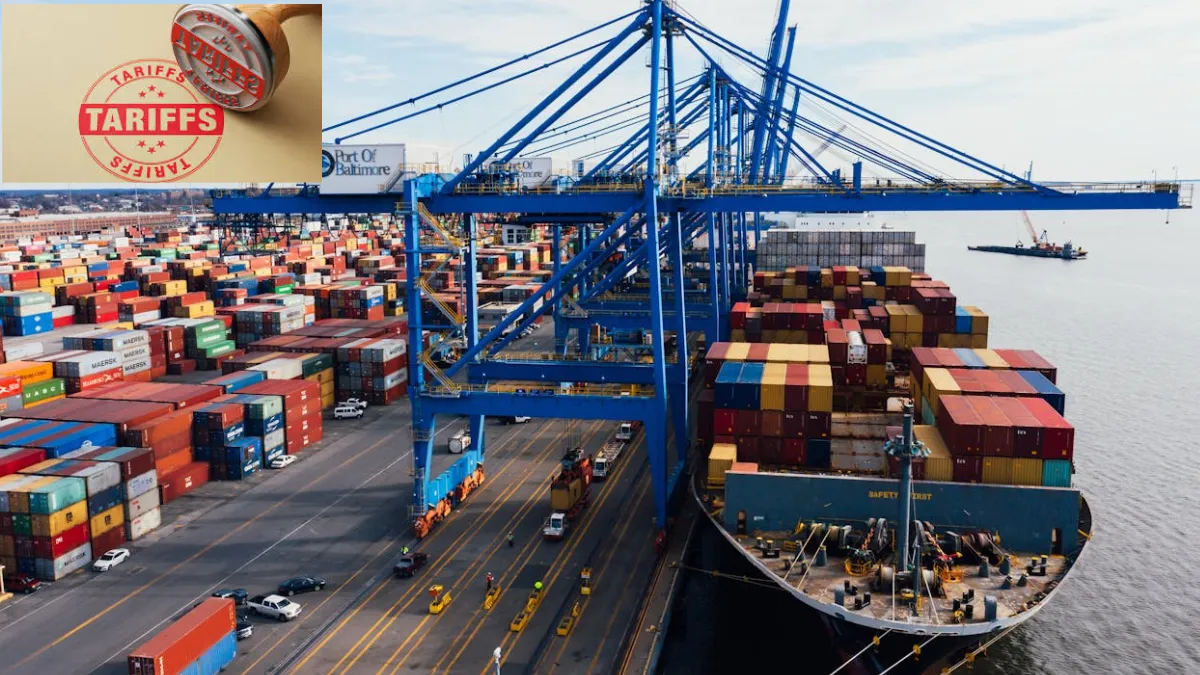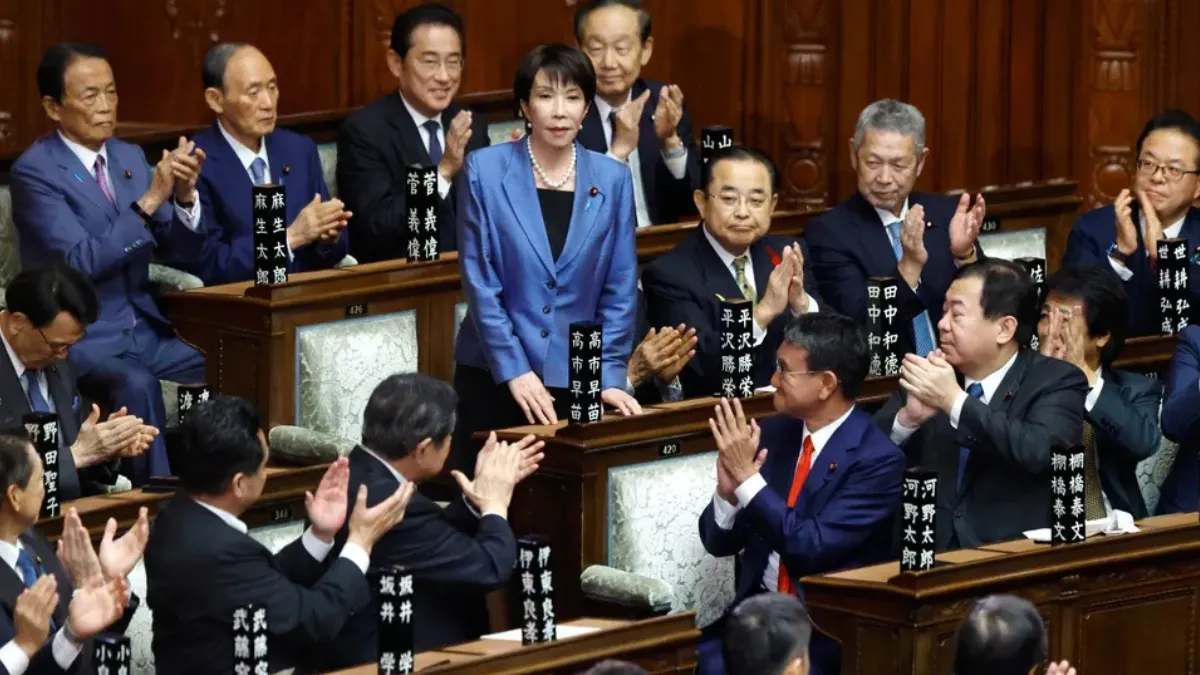What is a tariff? This question is central to understanding international trade, government policy, and global economics. A tariff is essentially a tax imposed by a government on imported or exported goods. While the concept might seem straightforward, its implications stretch across industries, economies, and everyday consumers. In this article, we will explore the definition of a tariff, its types, advantages, disadvantages, and real-world examples to provide a comprehensive understanding.
What is a Tariff? Definition and Basics
A tariff is a financial charge levied by a government on goods entering or leaving a country. The primary purpose of a tariff is to regulate trade, protect domestic industries, and generate revenue for the government. By making imported goods more expensive, tariffs can encourage consumers to buy locally produced products, boosting domestic businesses.
Tariffs are part of a broader category of trade barriers, which also include quotas, subsidies, and import licenses. While tariffs are generally applied to imports, some countries may also levy tariffs on exports, often to control scarce resources or influence global pricing.
Types of Tariffs
Understanding the different types of tariffs is essential to grasp their economic impact. The main types include:
- Ad Valorem Tariffs: These are calculated as a percentage of the product’s value. For example, a 10% tariff on imported cars means that a car valued at $20,000 would incur a $2,000 tariff.
- Specific Tariffs: A fixed fee based on the quantity of goods imported, such as $100 per ton of steel, regardless of its market value.
- Compound Tariffs: A combination of ad valorem and specific tariffs. For instance, a 5% tariff plus $50 per unit of product.
- Protective Tariffs: These are intended primarily to shield domestic industries from foreign competition by making imported goods more expensive.
- Revenue Tariffs: Applied mainly to generate income for the government rather than to protect domestic industries.
How Tariffs Impact the Economy
Tariffs play a significant role in shaping economic dynamics. They can influence domestic industries, employment, consumer prices, and international trade relations.
Advantages of Tariffs
- Protect Domestic Jobs: By reducing competition from foreign producers, tariffs can safeguard local employment.
- Support Emerging Industries: New industries that struggle against established international competitors may benefit from tariff protection.
- Government Revenue: Tariffs are a source of income for governments, which can fund infrastructure, healthcare, and other public services.
- Trade Negotiation Tool: Countries may use tariffs as leverage in trade negotiations to encourage fair trade practices.
Disadvantages of Tariffs
- Higher Consumer Prices: Tariffs on imported goods often lead to increased prices for consumers.
- Retaliation and Trade Wars: Countries affected by tariffs may impose their own taxes on imports, creating a cycle of trade conflicts.
- Limited Variety: Consumers may have access to fewer international products due to higher costs.
- Inefficiency: Protectionist tariffs can reduce incentives for domestic industries to innovate or improve efficiency.
Real-World Examples of Tariffs
- US-China Trade War: In recent years, the United States imposed tariffs on Chinese goods, leading to increased costs for imported electronics, machinery, and other products.
- European Union Agricultural Tariffs: The EU uses tariffs to protect local farmers, ensuring that imported agricultural products do not undercut domestic pricing.
- India’s Steel Tariffs: India has levied tariffs on imported steel to protect local producers and maintain stable domestic prices.
Key Details About Tariffs
| Aspect | Description |
|---|---|
| Definition | A tax imposed on imported or exported goods |
| Purpose | Protect domestic industries, generate revenue, regulate trade |
| Types | Ad valorem, specific, compound, protective, revenue |
| Advantages | Protect jobs, support industries, generate revenue, trade negotiation tool |
| Disadvantages | Higher consumer prices, trade wars, limited product variety, inefficiency |
| Real-World Examples | US-China tariffs, EU agricultural tariffs, India steel tariffs |
Also read: Trump Tariffs Movies: What It Means for Hollywood and Global Film Industry
Conclusion
Understanding what a tariff is is essential for anyone interested in economics, business, or international trade. While tariffs can protect local industries and generate government revenue, they also have consequences like higher consumer prices and potential trade disputes. For policymakers, balancing the benefits and drawbacks of tariffs is crucial to maintaining economic stability and encouraging fair trade.
By grasping the basics of tariffs, their types, advantages, and challenges, businesses and consumers alike can make informed decisions in an increasingly interconnected global market.



















